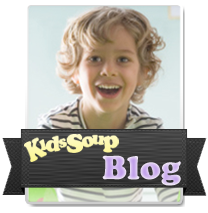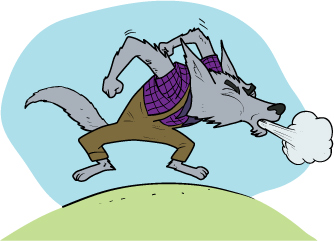Air Can Move Things Science Lesson

What you need:
1 ping pong ball per child
Straws (1 per child)
Variety of small objects: Twigs, wooden blocks, Ping pong balls, LEGO blocks, leaves, paper scraps, balloons (inflated and uninflated), rocks of different sizes
Blow-dryer (optional for extension)
Learning Skills and Standards:
- Scientific Observation & Inquiry
- Cause & Effect Understanding
- Fine Motor Control (blowing through straws)
- Vocabulary Building (wind, air, move, light/heavy, soft/hard, float, etc.)
- Data Collection & Comparison
Objective:
Children will explore the concept that air can move objects by using their breath, straws, and wind (real or simulated), learning how air—even though invisible—has power and motion.
What you do:
Introduction Discussion (5–7 minutes):
Connect to the story:
“Do you remember how the Big Bad Wolf used his breath to blow the houses down in The Three Little Pigs? He used AIR from his lungs!”
Introduce wind:
“When air moves, it becomes wind. Wind can be soft and gentle—or strong enough to knock down trees!”
Feel the air:
Have children hold their hand in front of their mouth. Inhale… and exhale!
“Can you feel the air moving? That’s the power we’re going to use today!”
"Can air really move things? Let’s find out."
Activity 1 – Blow the Ping Pong Ball (10–15 minutes):
Give each child a ping pong ball.
Let them blow the ball across the floor using just their breath.
Ask questions:
- What happens when you blow gently?
- What happens when you blow hard?
- What happens when you get closer or farther away?
Activity 2 – Science Table Experiment (15–20 minutes):
Set up a “Wind Table” with the assorted objects.
Let children use straws (or just their breath) to try and move objects across the table without touching them.
Help them sort objects into two groups:
- "Moves with Air"
- "Does Not Move with Air"
Optional: Record results on a chart or give them a simple worksheet to draw or check items.
Extension – Blow-Dryer Wind Test (Supervised):
Let children take turns using a blow-dryer on the cool setting (teacher-assisted).
Test how the stronger air flow moves each object.
Discuss: “Which items moved better with strong wind?”





